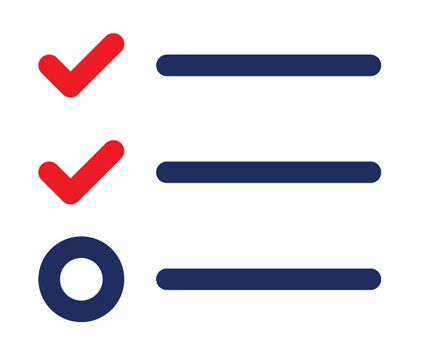[dropcap]The[/dropcap] U.S. general election of 2016, set for Nov. 8, will be the 58th time to pick a president. Presidential campaigns have evolved into a series of aggressively fought, contentious contests played out in a 24-hour news cycle. However, what most people don’t see is the process of running a presidential election in the state.


and Libertarian) or you can register as Independent/No Party.
“We work many months in advance to train poll workers and organize the general election,” says Bryan Dean, public information officer with the Oklahoma State Election Board. “We start the ballot printing process the weekend after the August runoff. This year’s runoff was Aug. 23, and we started the ballot generation process the weekend after.”
This year, about 2 million ballots were printed for the general election, Dean says. “We print slightly more than the number of registered voters.” The number of absentee ballots mailed was slightly lower.


“It varies based on the number of people who apply for absentee ballots,” Dean says. “We won’t have a final tally until after the election, as people can request absentee ballots up until the Wednesday before the election. We had about 112,000 absentee ballots cast in the 2012 election. It very well could be more this year.”
No states run their elections quite the same; each has its own election rules. The Oklahoma State Election Board, established in 1907 under the state constitution, administers state elections and oversees the 77 county election boards.


higher than normal with 60 percent of registered voters or more participating.
There are roughly 8,200 poll workers throughout the state on Election Day, Dean says. State law requires at least three workers in each polling place, with at least one from each of the two largest parties. Those three positions are inspector, judge and clerk. There may be additional workers at busier polling places.
A poll worker can work more than 12 hours on Election Day and is paid a stipend.


“The current stipend is $87 for judges and clerks and $97 for inspectors,” says Dean. Some workers are eligible for mileage. Poll workers must go to a one-day training session at least once every two years.























